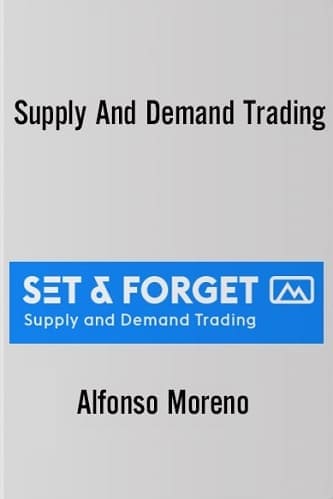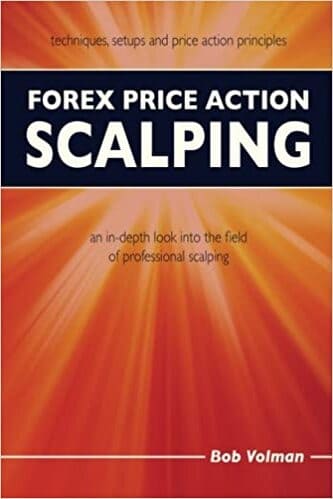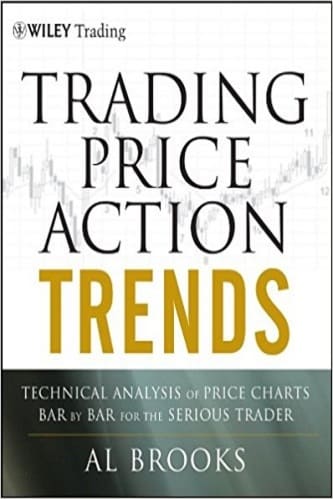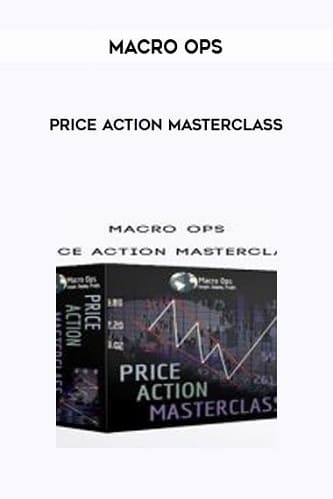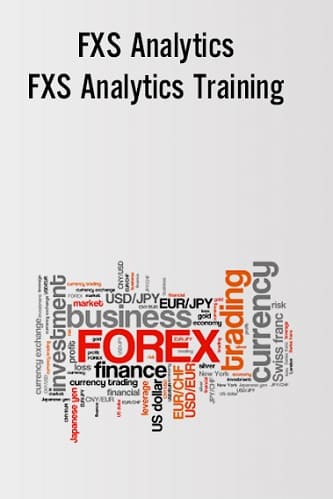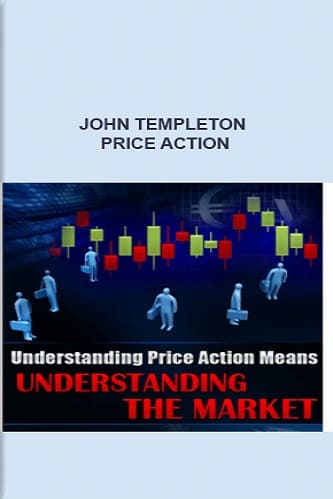YTC Scalper
$15.81
| Author(s) | |
|---|---|
| Format |
|
| Pages |
232 |
| Publication Year |
2011 |
The aim of YTC Scalper is to discuss the implementation of the YTC Price Action Trader (YTC PAT) methodology on shorter scalping timeframes. Why a separate book? The fact is that the scalping environment provides some unique considerations which are unlikely to be of interest to all traders. So, given the size of this document, the decision was made to create it as a separate book rather than expand the size of original YTC PAT series.
Author’s Introduction:
A prerequisite for reading this document is to have read and understood (and preferably traded) the YTC PAT methodology. In particular, the YTC PAT theory of markets and analysis techniques are considered essential prerequisite knowledge. This book will not repeat the material contained within the YTC PAT series.
The YTC PAT methodology is stated as being applicable to all markets and all timeframes, provided they contain sufficient liquidity to allow entry and exit without significant slippage, and provided they offer sufficient profit potential on price swings after overcoming costs. It was demonstrated using a trading timeframe of 3 minutes, with a recommendation that it not be applied on lower timeframes without first taking into account the additional considerations that will be discussed in this document.
Therefore, the YTC Scalper is primarily for those traders who trade markets that do offer sufficient liquidity and profit potential on trading timeframes less than 3 minutes. For those who prefer longer timeframes, you will still gain significant benefit from this information. The techniques designed for the YTC Scalper may also be applied on higher timeframes if you prefer. Which markets do I trade? At the time of writing, I currently trade the YTC Scalper in the following markets: E-mini futures and FX futures.
Primarily, my trading over the last six months has been on the FX futures, due to the late opening time for the E-mini futures in my part of the world (12:30 am). And my preference has migrated from the 6B to 6E on these lower timeframes, due to the lower ratio of commission to tick-size (ie. lower costs). I recommend this strategy for the most liquid FX futures and E-mini futures markets only. I have conducted no testing in other markets such as forex or stocks. If these markets interest you, you’ll need to conduct your own testing to confirm suitability. As mentioned earlier, your primary concern is confirming liquidity, and profit potential on price swings after covering costs.
This is particularly the case for spot forex which typically has higher spread costs. I do not recommend trading spot forex on these timeframes, although that may be possible with some of the newer ECNs offering spreads at less than one pip. You’ll need to test other markets if you’re not interested in FX futures or E-mini futures.
Contents:
- My Trader Evolution
- Scalping
- Trading is a Decision Making Process
- The Conflicted Trader
- The Indecisive Trader
- The Decisive Trader
- Simplification
- Additional Considerations
- Trade Examples
- Implementation
YTC Scalper By Lance Beggs pdf


